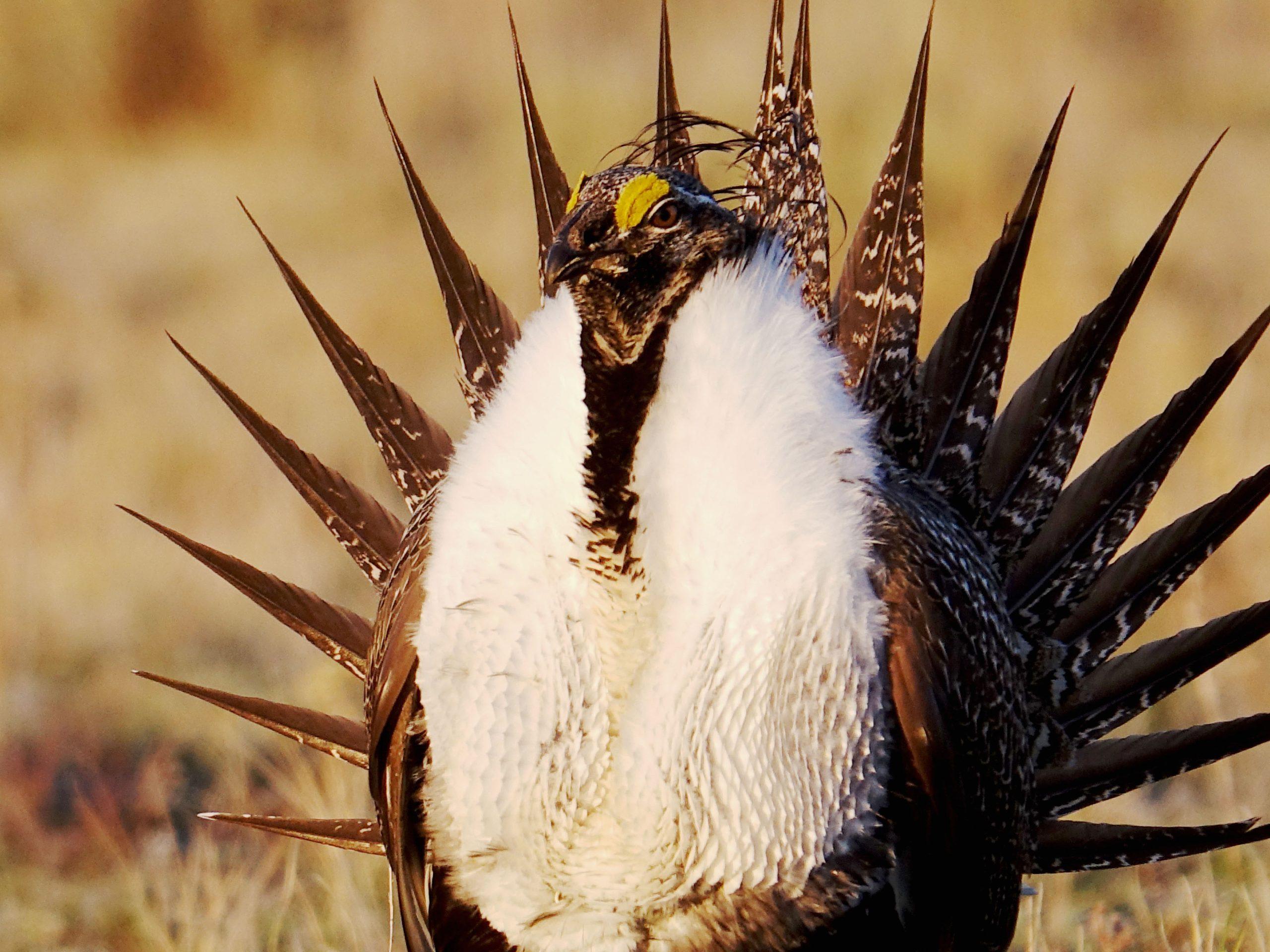Sage Grouse
-
If you pay attention to livestock grazing issues on public lands, you invariably will see research promoting cattle grazing as the magic elixir that can repair damaged riparian areas, eliminate cheatgrass and other weeds, reduce wildfires, increase soil carbon storage, and improve habitat for endangered species like sage grouse. If you think this is too…
-
The sagebrush steppe dominates the drier parts of the West, including parts of Southeast Oregon, much of Nevada, southern Idaho, western Wyoming, western Colorado, western Utah, and parts of New Mexico. Sagebrush steppe covers 165 million acres of the West. Due to many factors, including farming, ranching, subdivisions, and, most importantly, range fires, sagebrush vegetation…
-
The BOSH project in southern Idaho ultimately plans to destroy tens of thousands of acres of juniper woodlands on BLM lands. BOSH stands for Bruneau-Owyhee Sagebrush Habitat Project. The advocates of the BOSH project use pejorative language to characterize the Juniper clearing from the landscape. Terms like “restoring” the “natural” condition of the land assume…
-
The numbers don’t lie — and the sage grouse “collaborative conservation effort” is a total and on-going failure. There were 16 million Greater Sage Grouse before Europeans arrived and began the destruction of the “sagebrush sea” in the Great Plains. The iconic birds were down to 400,000 in 2015 when Obama’s Secretary of Interior, Sally Jewell, rejected…
-
Prime pygmy rabbit sagebrush habitat along the Big Lost River where I lived while working for the Challis National Forest. Photo George Wuerthner Years ago, I worked on the Challis National Forest and lived along the Big Lost River in Central Idaho. One of my favorite winter activities was skiing through the big sagebrush…
-
Livestock grazing in the Great Basin has increased cheatgrass, a highly flammable annual grass. Livestock advocates allege targeted grazing can reduce large wildfires. Photo George Wuerthner A recent publication in the Journal of Rangeland Ecology and Management, “Evaluating the efficacy of targeted cattle grazing for fuel break creation and maintenance,” perpetuates the myth that livestock…
-
The Upper Green River alloment and Wind River Range beyond. Photo George Wuerthner The Upper Green River near Pinedale, Wyoming under the administration of the Bridger Teton National Forest (BTNF) is one of the most biologically important areas of the entire Greater Yellowstone Ecosystem. Anyplace else, the Upper Green would be set aside as…
-
ABSTRACT: Livestock production occurs in all deserts (except polar deserts). In many desert areas, it is the single most significant human impact. Livestock production includes grazing plants and all associated activities to produce domestic animals. This consists of the dewatering rivers for irrigated forage crops, killing of predators and “pest” species, forage competition between native…



